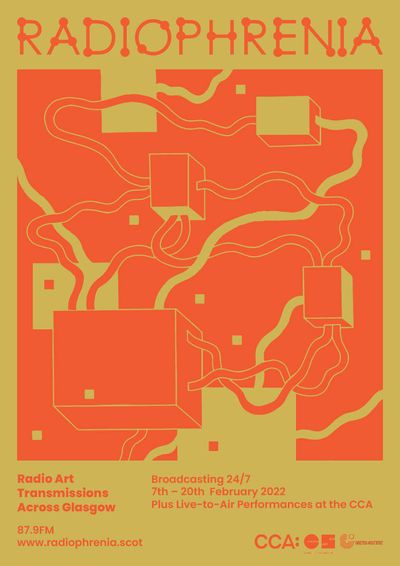
Radiophrenia 2022 – part one
Call-Book by Hali Palombo
 PLAY
PLAY
Do jellyfish breathe? by Alexandra Spence
 PLAY
PLAY
Statement by Mark Vernon
 PLAY
PLAY
|
Radiophrenia is a temporary art radio station broadcasting intermittently from the Centre for Contemporary Arts in Glasgow – a two-week long festival exploring current trends in sound and transmission arts. The broadcast schedule includes a series of 19 newly commissioned radio works, 13 Live-to-Air performances as well as live studio shows, shorts and pre-recorded features. As in previous years, the majority of the program is made up from selections submitted to an international open call for sound art and radio works. Four of the newly commissioned radio works are co-produced with ORF Kunstradio, and in return five Kunstradio productions are included in the Radiophrenia festival program. Call-Book 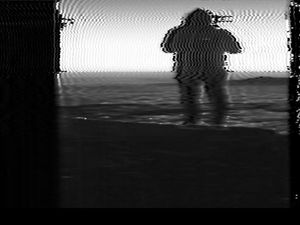
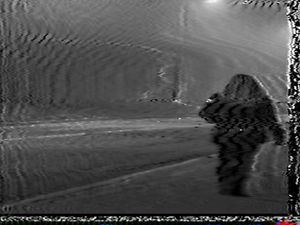
“Often, amateur broadcasts on shortwave radio tend to go undocumented, resulting in hundreds of broadcasts a day vanishing into the ether - never to be heard again. “CALL-BOOK” highlights and emphasizes several conversations, interactions and unusual instances collected over the course of 48 hours of shortwave listening. This will preserve the throwaway broadcasts in relative immortality while framing them in naturally evolving and alien aural environments.”. Do jellyfish breathe? 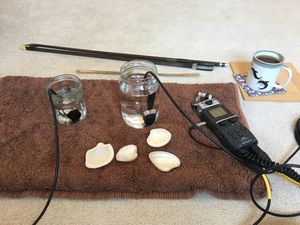
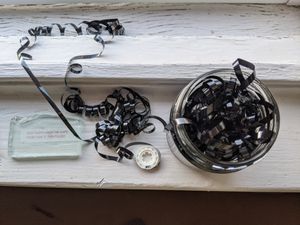
“During Sydney’s most recent lockdown I submerged* a 15-minute-long piece of cassette tape in seawater collected from a local beach. The cassette tape contained a field recording of waves, and a recording of my voice offering a (non-definitive, and non-hierarchical) list of things found in the Pacific Ocean. * Submerging the tape in salt water is an expansion of an ongoing project in which I bury tape loops 7-second field recordings on tape loops before burying them in the earth at the location in which they were recorded. I imagine this as a collaboration of sorts — I make a recording and the physical variables of each place and location alter it. While the magnetic coating of the tape retains sonic remnants of the recorded sounds of the place, the physicality of the tape ribbon retains material remnants of the place: sand, salt, other, which, in turn, impart audibly on the recording in the form of crackles, scratches, tape-warp, and hiss.” |
